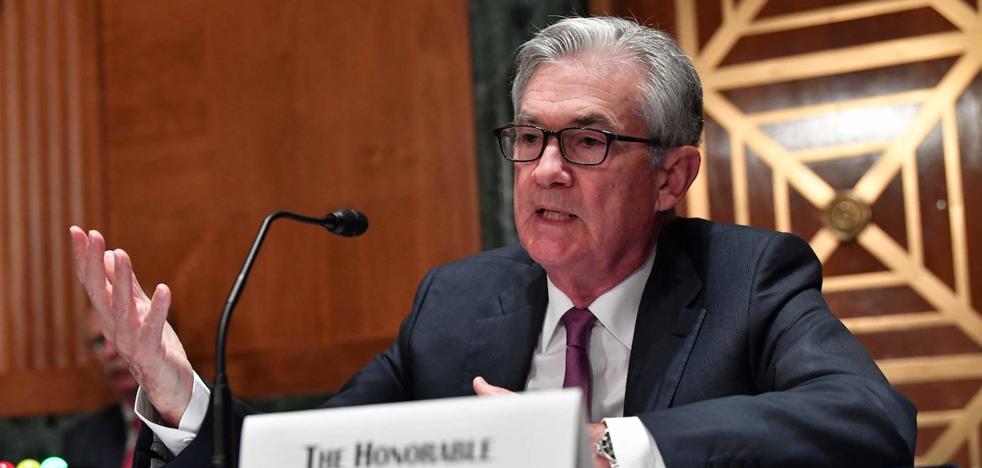After the enormous increase in energy prices, developments have calmed down again, but costs have not yet fully reached pre-crisis levels. When you accelerate, the E-Control gives the signal: the storage tanks are 75 percent full and you are well prepared for the next two winters.
Many consumers are not even aware of their own costs. But because the amounts in the account are so extremely high, they are forced to spend more time on it. E-Control board member Wolfgang Urbantschitsch: “Our advice center received more questions in 2023 than ever before.” There are currently many discount promotions or free months, making it difficult to keep an overview. “It cannot be the case that E-Control’s rate calculator provides customers with better information than the suppliers themselves.”
Price reductions have not yet been fully passed on
The extent to which the current cuts are already having an impact on households varies greatly. In general, the warm winter, full storage and more renewable energy sources would have pushed down the price. “But the lower prices have not yet been fully passed on. We therefore expect further downward pressure on prices,” Urbantschitsch said. Because on average, costs are still not at pre-crisis levels (see graph).
Many consumers are currently fluctuating between variable and fixed rates. In the long term, the ‘floaters’ are cheap, despite the recent upward price increases, as Urbantschitsch points out: ‘That means that the year 2022 alone was very expensive, and in 2023 they were almost at the level of the electricity cost ceiling of 10%. cents/kWh. In 2024 it will be considerably lower again, namely below 8 cents/kWh. The supplier surcharge must also be added to these values, so that in 2024 the costs with a cheap supplier are around 10 cents/kWh.”
In some cases, the electricity price brake therefore acts more as a risk cushion. Because the prices for some rates are already below ten cents, there is certainly competition.
Gas storage facilities are 75 percent full
In addition to electricity prices, gas prices have also fallen. After concerns about security of supply, there was enough heating this winter. The coming winter will also be safe because of the high levels. The expiration of the gas transit contract with Ukraine would therefore have no consequences for the coming winter or the winter after that. The storage facilities are currently 75 percent full, with 73 terawatt hours (TWh) coming from winter this year. To put it into perspective: in 2023, Austrians consumed 75.6 TWh, 12.5 percent less than in 2022.
As long as there is still sufficient gas, we can concentrate on new suppliers in the coming years. Capacity is currently being expanded, more and more liquid gas is becoming available and the pipeline network is growing.
Source: Krone
I’m Ben Stock, a journalist and author at Today Times Live. I specialize in economic news and have been working in the news industry for over five years. My experience spans from local journalism to international business reporting. In my career I’ve had the opportunity to interview some of the world’s leading economists and financial experts, giving me an insight into global trends that is unique among journalists.



